Loose Knit
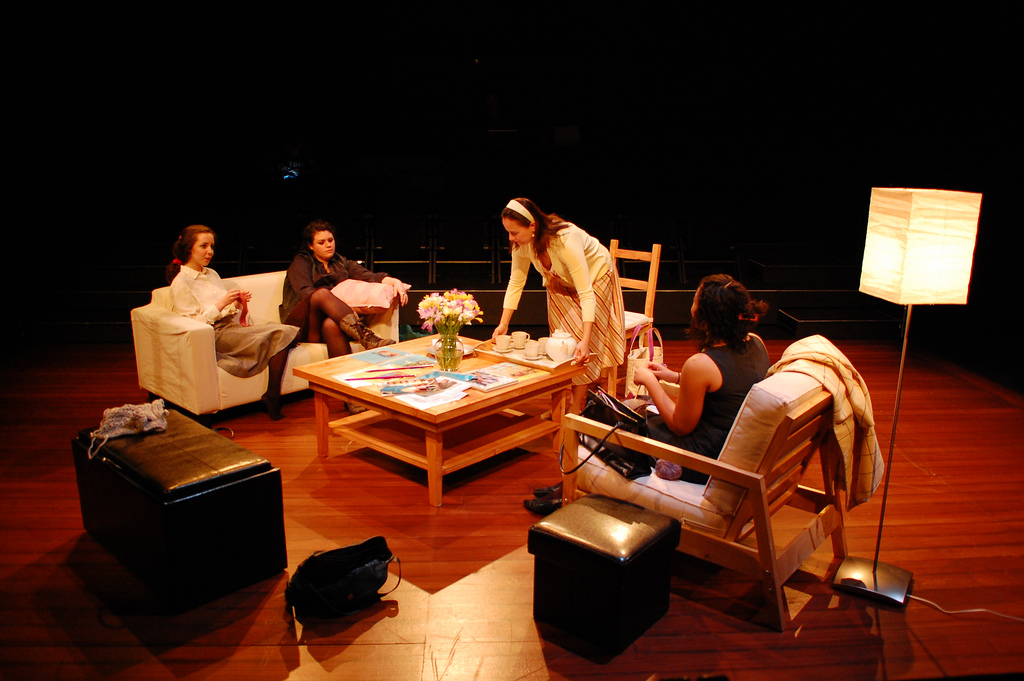

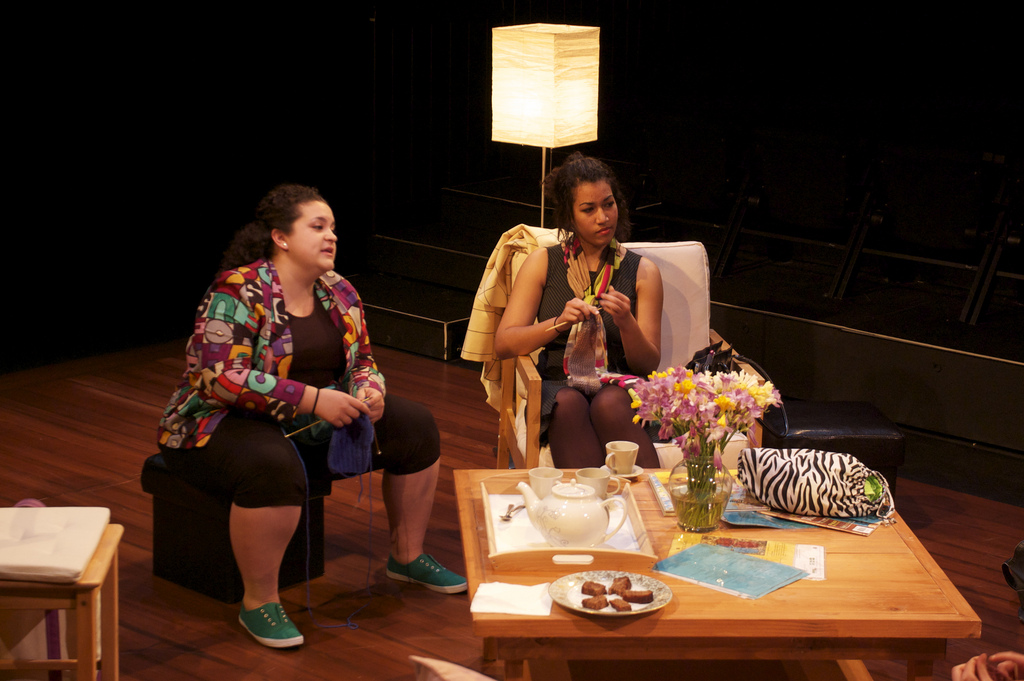
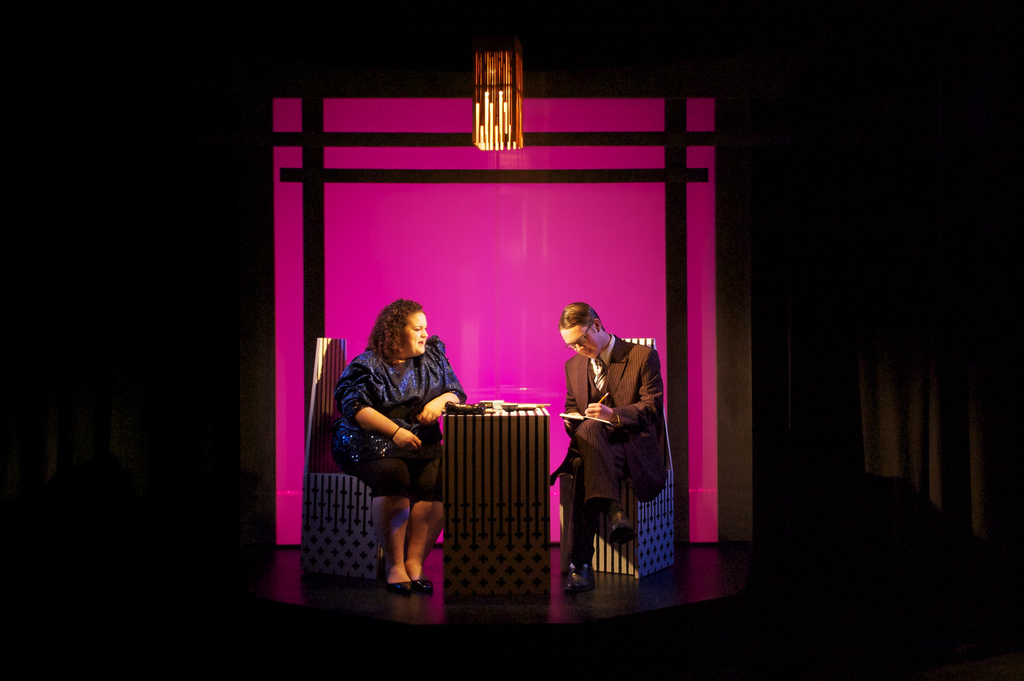

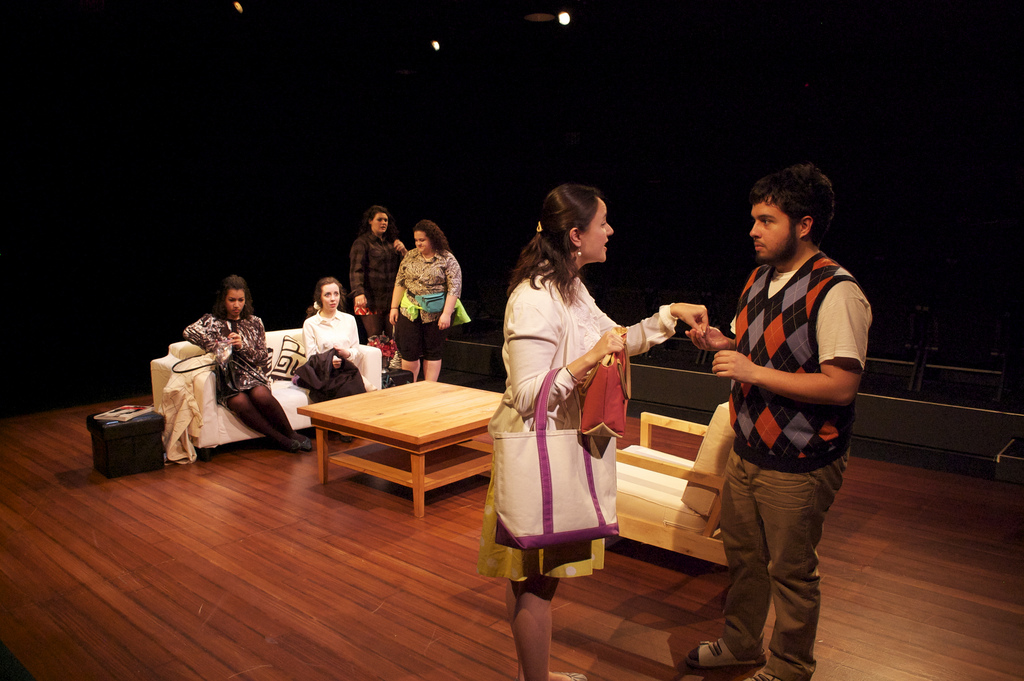


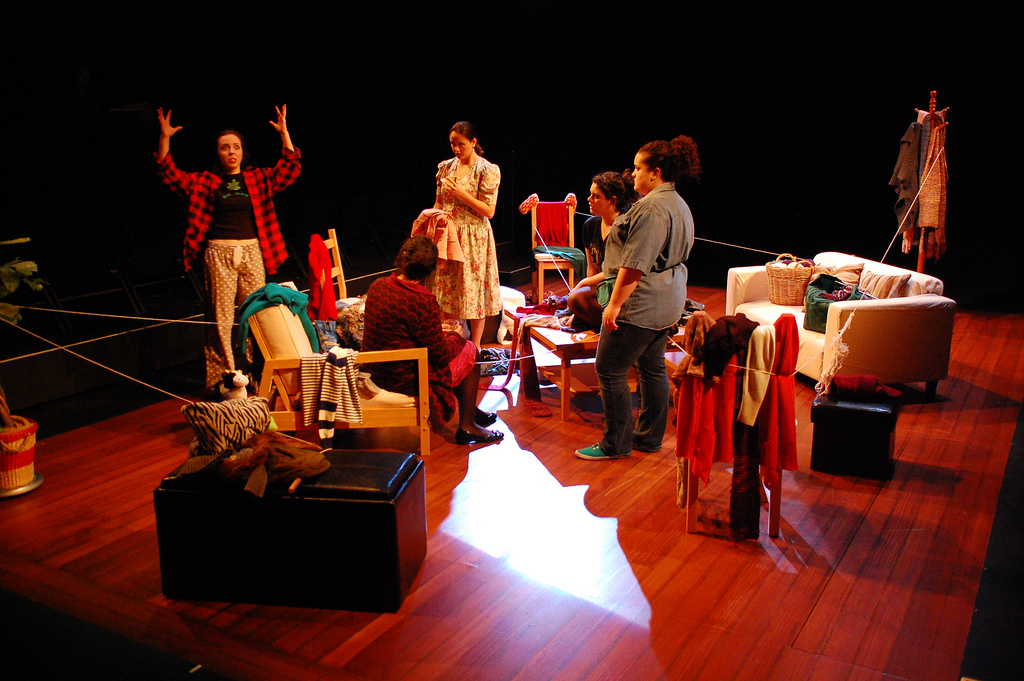
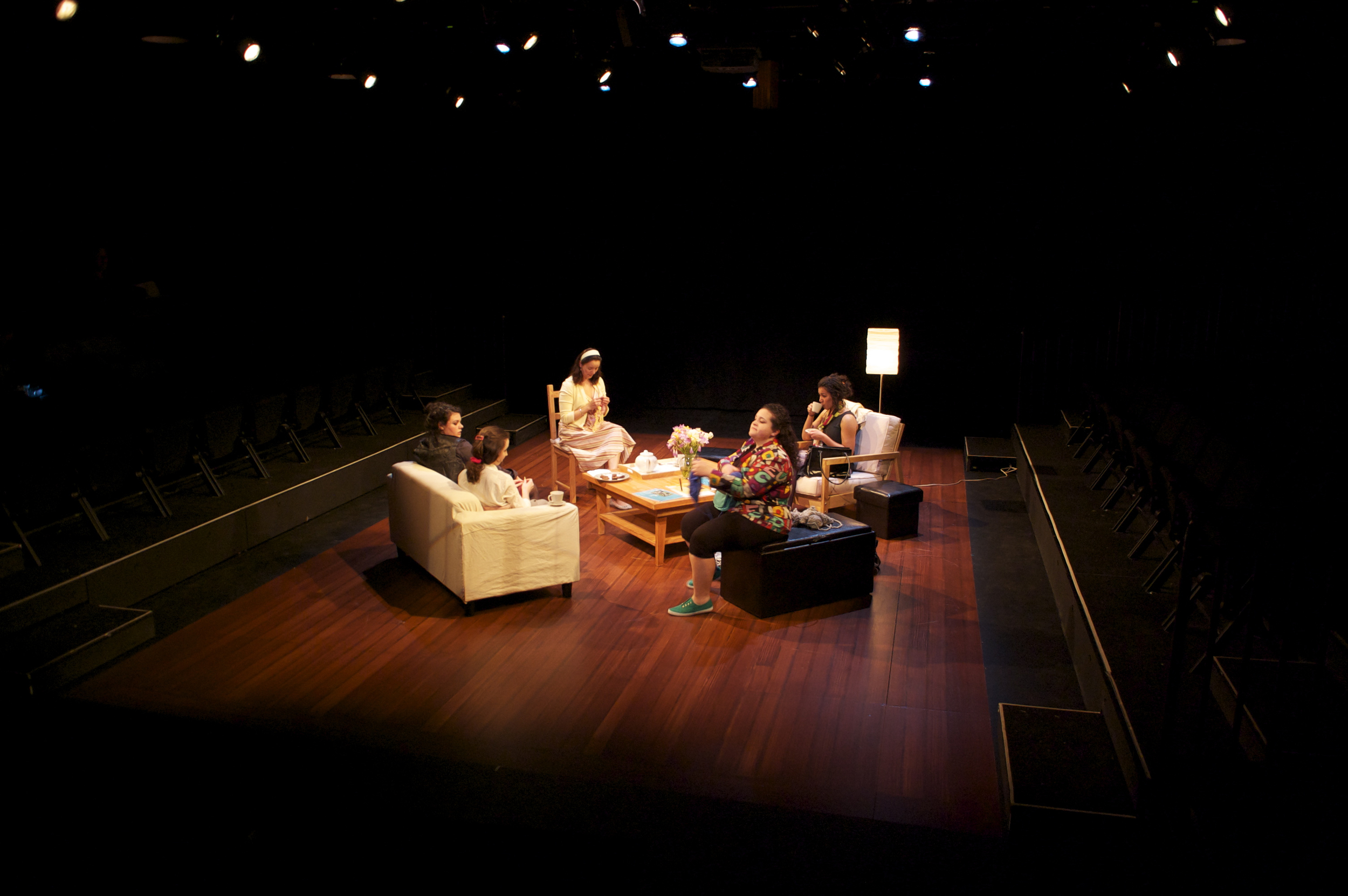
LOOSE KNIT
Theresa Rebeck (Playwright)
Christine Young (Director)
Produced by University of San Francisco
March 29 – April 1, 2012
In this hilarious contemporary play, five 30-something women in New York form a knitting circle and, as the sweaters pile up, their lives begin to come undone.
Cast: Melelani Satsuma (Lily); Victoria Martinez-Lavin (Liz); Jessika Zijdemans (Paula); Cecelia Rehm (Gina); Dana Robie (Margie); Daniel Martinez (Bob); Quin Herron (Miles)
Artistic Team: James Faerron (Set Design); Gabe Maxson (Lighting Design); Rebecca Cross (Costume Design); Will McCandless (Sound Design); Caela Fujii (Props Design); Junelle Taguas (Stage Manager); Allie Khori (Asst. Director); Alex Woolman (ASM); Marie Grob (Asst. Set Design); Kelsey Magaña (Costume Assistant); Vola Ruben, Allie Khori (Scenic Artists); Julian Micallef (Crew Chief); Alex Woolman, Ceclia Shaw, Ryan Nielsen (Stage Crew); Gabe Maxson (Production Manager); Joshua McDermott (Technical Director)
Director's Note
You may not have heard of Theresa Rebeck but this accomplished playwright has been a major force in American theater for the past twenty years, and her work has been produced on most major regional and Broadway stages. Rebeck’s plays are characterized by their biting wit, fierce female characters, and potent explorations of how individuals are shaped by social forces in both positive and negative ways.
In Loose Knit, Rebeck animates a circle of female friends that many of us can relate to. Their relationships and roles within their group are both complicated and fluid. What one friend does always affects the others. Being women binds them together and also sometimes causes them to compete against one another in ways that are simultaneously hilarious and heartbreaking. While the play is set in the early 1990’s, the fundamental question it poses – how can we live authentically in a world that rewards conformity to social norms more than it does individuality – resonates just as keenly today.
While American society has become more progressive and more integrated in many ways in the two decades since this play was written, our social discourse is still often framed in binary terms – women vs. men, black vs. white, the 99% vs. the 1%. This play reminds us of the painful limitations of seeing the world in such terms, and of the fact that there is no sure-fire recipe for living a successful life. Despite our best efforts to achieve status, security and social acceptance, if we construct our lives according to (or even in contradiction to) other’s values, they inevitably unravel. Instead, it is up to each of us to create our own pattern, our own system of values, our own vision for who we want to be in the world.
Related Pages ∞
